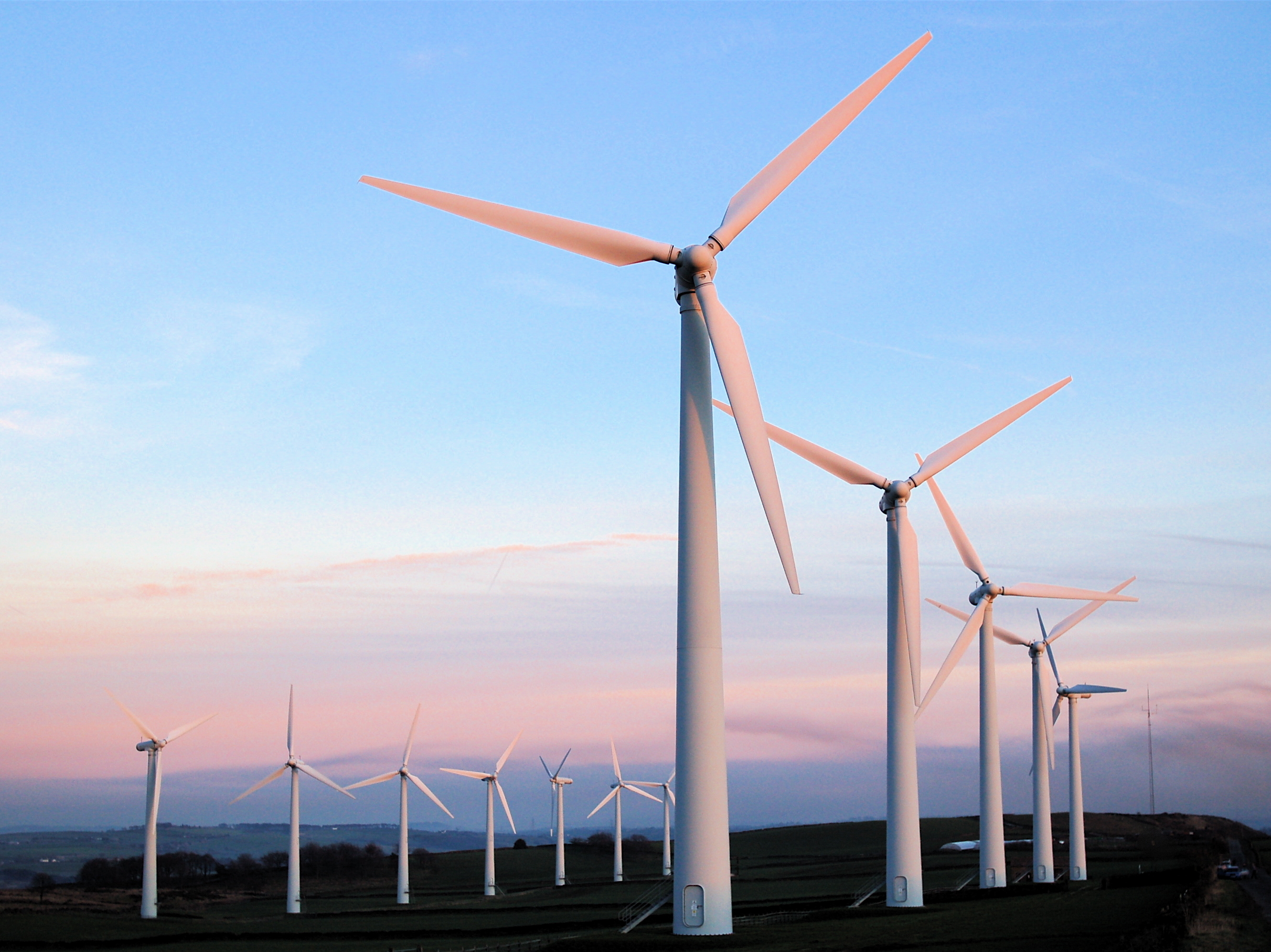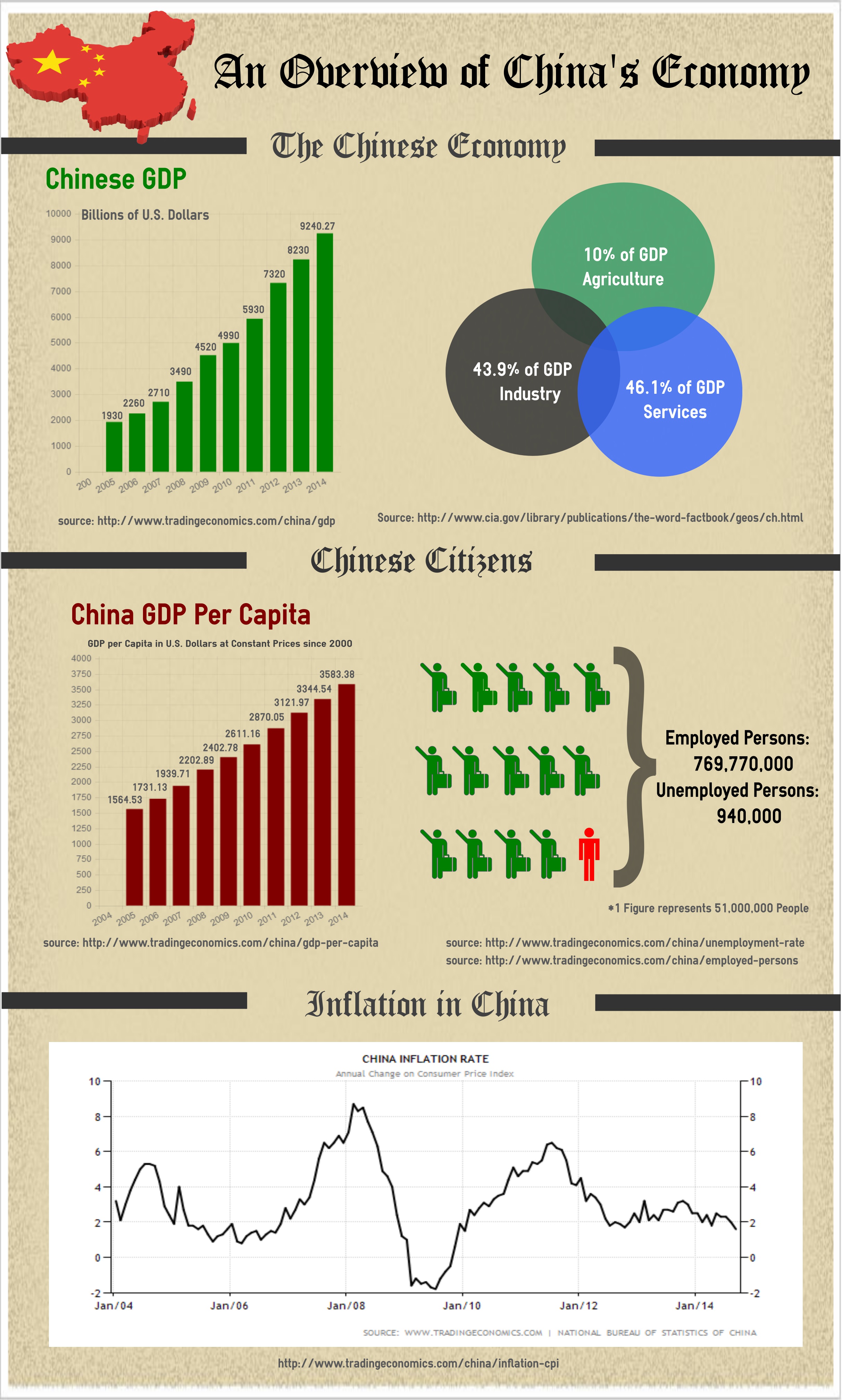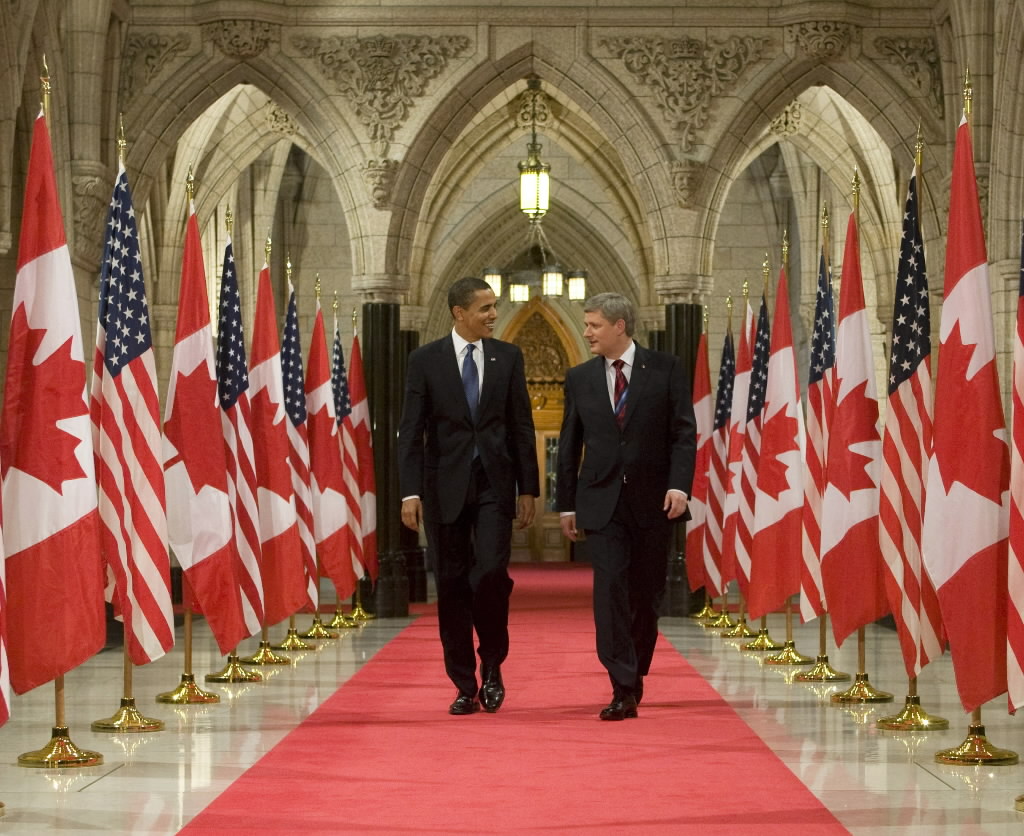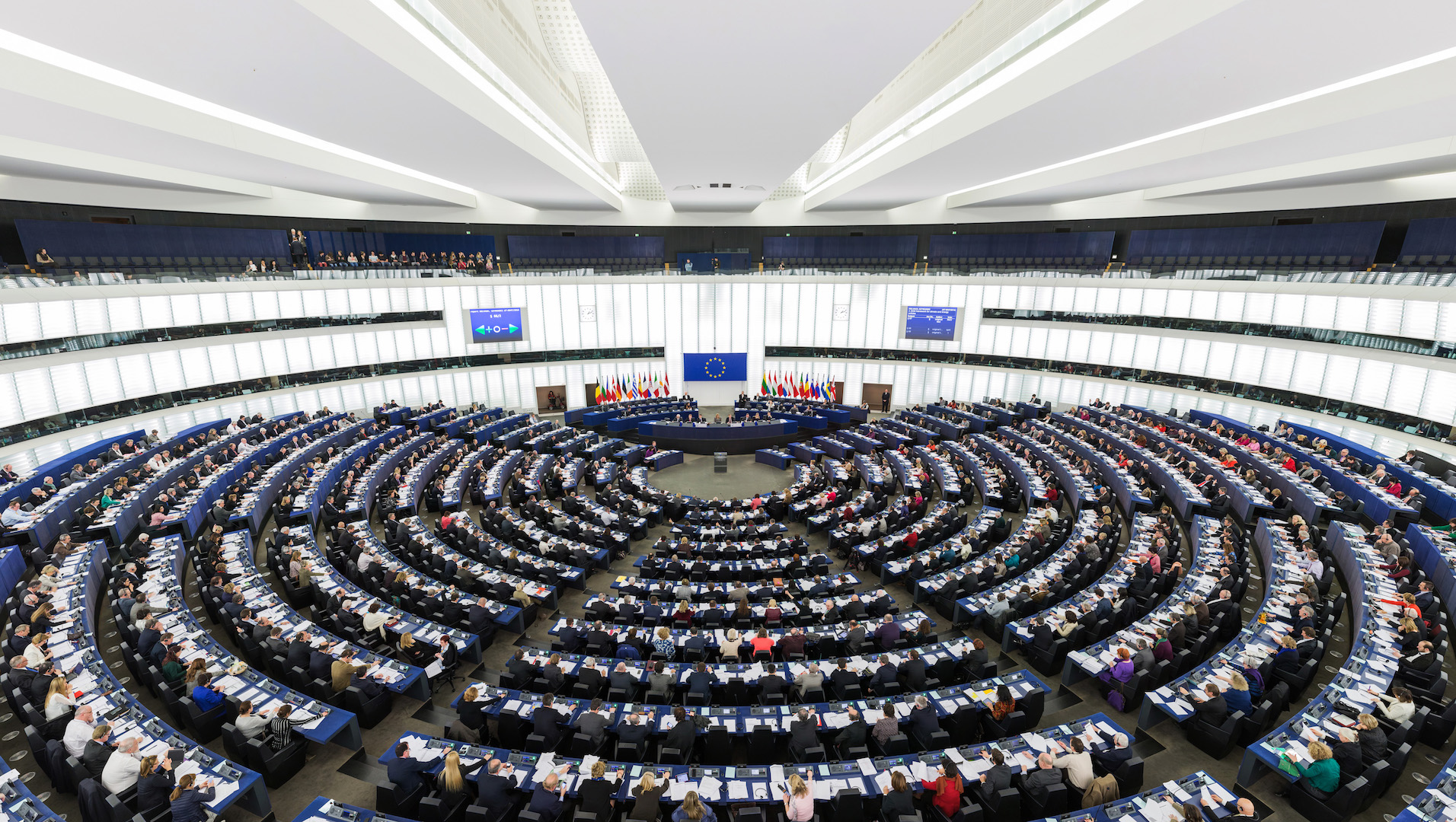In February 2016, China’s Xinjiang Goldwind Science & Technology Co. Ltd. surpassed General Electric as the world’s largest wind turbine manufacturer according to Bloomberg New Energy Finance (BNEF). BNEF measures firms based on the energy capacity installed and planned. To many, this event signifies the rise of China as the world’s leader in wind energy.
This is the first year that Goldwind has topped the list. It has installed over 28.7 gigawatts of wind energy capacity this past calendar year, mostly as the result of a domestic spike in demand for renewable energy products.
The success of Goldwind is part of a greater trajectory arc towards Chinese leadership in the wind energy sector. China, by a significant margin, has the greatest wind energy capacity of any country. Last year, it was responsible for 35,000 of the world’s 63,000 MW of new installed capacity. According to Joanna Lewis of Georgetown University, China’s rise in wind energy has been aided by “a steep decline in manufacturing and installation costs, as well as the establishment of a robust domestic supply chain”.
China’s embrace of wind energy is part of a greater initiative to tackle its air pollution issue and to combat global climate change more generally. China also has plans to initiate more nuclear power projects and to slash its coal capacity by 9%. Despite the above policies, China is still the world’s largest greenhouse gas emitter and has a severe smog problem in its major metropolitan areas.
As China continuously scales up its wind capacities, America’s future in this sector remains uncertain. While GE made a respectable gain of 700MW in 2015, it fell from first place to third place in turbine production with Denmark’s Vestas taking second. In addition, four other Chinese turbine manufactures (outside of Goldwind) made it on to the top ten of BNEF’s list. These companies are Guodian, Ming Yang, Envision and SCIC.
America’s current political environment could damage its standing as a global leader in wind energy. According to Kate Gordon of the Paulson Institute, “wind energy subsidies are on-again, off-again” and, at the state level, governments “ratchet up and down renewable portfolio standards depending on the political winds”. Thus, if America wants to bolster its domestic wind energy industry, it will need to adopt a consistent subsidy and regulatory regime.
There are some who say that China’s rise in turbine production may not be a threat to American manufacturers servicing the domestic market. According to John Hensley of the American Wind Energy Association, this is because the primary components of turbines—such as blades and towers—are too large and expensive to be feasibly shipped across the ocean. In addition, incurred costs of transporting these components from the ports to their destinations in the interior of the United States could render the Chinese turbines financially uncompetitive. In addition, American investors and energy producers tend to prefer American-made turbines due to their proven record of performance in the different weather conditions of the United States.
As one can see, the dynamics of the wind energy sector have experienced great change in 2015. Chinese firms are emerging as dedicated and viable competitors in this growing space. American firms, though making gains of their own, appear to have their standing challenged by foreign producers. Despite changes in the competitive positioning of top market actors, it is reassuring to see spirited competition and innovation in a field whose products benefit the vitality of the human race.




